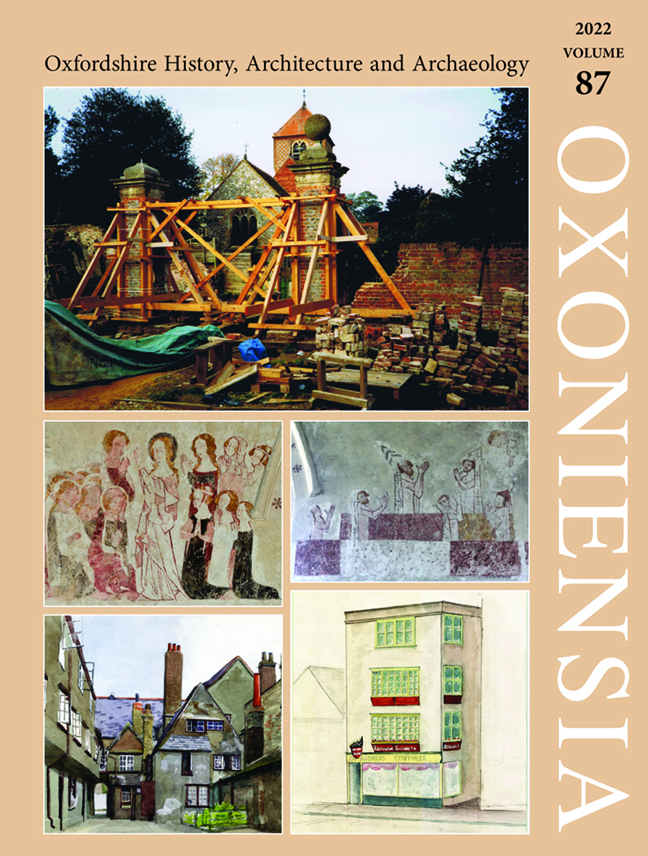Eye and Dunsden Causewayed Enclosure
Published online by Cambridge University Press: 17 February 2024
Summary
Early Neolithic causewayed enclosures are regarded as monuments having a ceremonial or festive function and considered as being places where dispersed groups gathered together. Whatever the socio-political context of these enclosures may have been, often the choice of monument location, and its construction, is regarded as equally important as their function. A recent study of the available dating evidence from early Neolithic causewayed enclosures suggests they were constructed during a period of c.105–225 years commencing from 3750–3685 cal BC (95 per cent probability) extending to 3595–3510 cal BC (95 per cent probability). The length of time they were used for their primary function apparently varied from between 50 and 250 years.
Recent fieldwalking and magnetometry surveys at Spanhill Copse, Eye and Dunsden, south Oxfordshire, have provided evidence of early Neolithic (c.4000–3000 BC) worked flint and a buried archaeological feature. Together with aerial photography of the site, this fieldwork supplies evidence that this is probably the location of an early Neolithic causewayed enclosure.
FIELDWALKING SURVEY
The aim of the fieldwalking survey at Spanhill Copse and Hampstead Hill was to investigate the lithic evidence from the ploughsoil to see if it substantiated the Royal Commission on the Historical Monuments of England's (RCHME) interpretation of the cropmark seen on aerial photography as a possible Neolithic causewayed enclosure.
Methodology
The fields were walked along transects spaced at 25 m in a north–south orientation aligned on the National Grid, with collection points at 25 m stints along each transect. The fields had been ploughed, ready for the next crop to be planted, so the ground surface was flat and even, with good visibility for fieldwalking. A total of 7.1 ha was surveyed, which included the whole of Spanhill Copse field and part of Hampstead Hill field, with an arbitrary edge created at the break of slope.
Results
A total of 1,124 items of worked and burnt flint were collected during this survey: 868 pieces of worked flint (modified flakes that exhibit secondary retouch on one or more edges) and debitage (unmodified flakes removed and discarded during the knapping process), and 256 pieces of burnt flint, some of which were identified as previously worked tools. There was a broad distribution of artefacts across both fields, with a concentration of worked flakes in the area around the cropmark, and of burnt flint to the west of the crop mark.
- Type
- Chapter
- Information
- Oxoniensia , pp. 461 - 466Publisher: Boydell & BrewerPrint publication year: 2022



